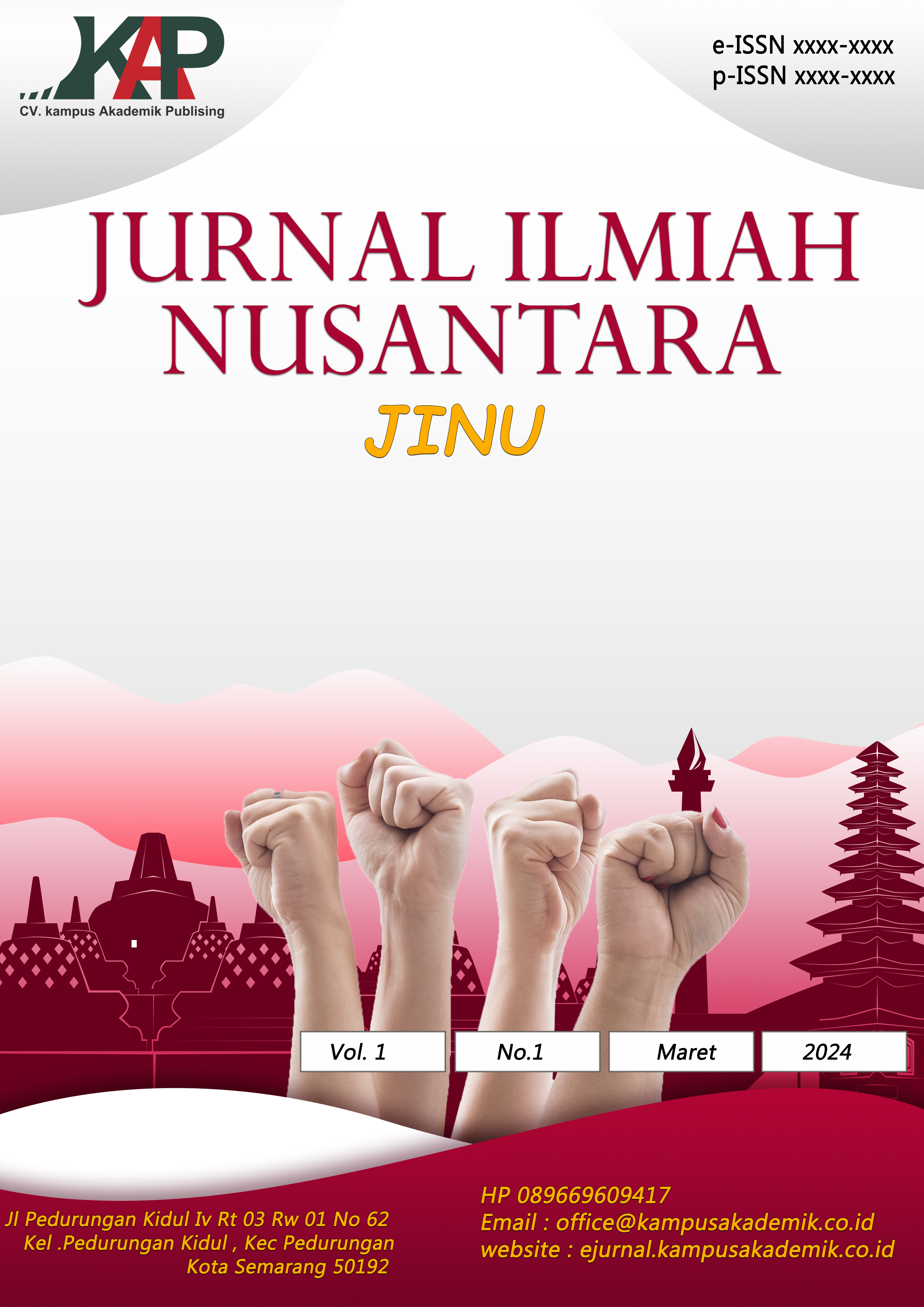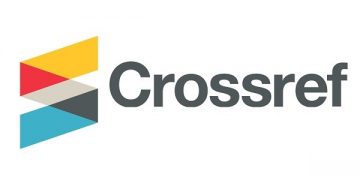Penanganan Fisioterapi Kasus Flat Foot Dengan Intervensi Stimulasi
DOI:
https://doi.org/10.61722/jinu.v2i4.5979Keywords:
Physiotherapy, Pediatric Flatfoot, Stimulation Intervention, Foot Posture Index, Navicular Drop.Abstract
. Flexible flatfoot is a common musculoskeletal condition in children, characterized by a decrease in the medial longitudinal arch. Although it is often physiological at a young age, persistence after the age of 6–8 years, especially when accompanied by pain or functional disturbances, requires intervention. Physiotherapy plays a crucial role in conservative management, with stimulation interventions aimed at muscle strengthening and improvement of neuromuscular control emerging as promising modalities. This study aims to describe the physiotherapy management with stimulation intervention in cases of pediatric flexible flatfoot and to analyze its impact on foot posture and function.. Methods: This study used a descriptive qualitative case study design involving three pediatric subjects (D, E, and F), aged 6–8 years, diagnosed with bilateral flexible flatfoot. Each subject received stimulation interventions, including short foot exercises, intrinsic muscle strengthening exercises, balance, and proprioception training, three times per week for eight weeks. The observed and measured parameters included the Foot Posture Index (FPI), Navicular Drop Test, as well as gait and balance observation. Measurements were taken before the intervention (Week 0) and after the intervention (Week 8). The data were analyzed descriptively for each case. Results: All three subjects showed improvement in the measured parameters. Subject D showed a decrease in FPI from +8 to +4 (right) and from +9 to +5 (left), and a decrease in Navicular Drop from 12 mm to 8 mm (right) and from 13 mm to 9 mm (left). Subject E showed a decrease in FPI from +7 to +3 (bilateral) and a decrease in Navicular Drop from 11 mm to 7 mm (bilateral). Subject F showed a decrease in FPI from +6 to +2 (bilateral) and a decrease in Navicular Drop from 10 mm to 6 mm (bilateral). Functionally, the observation showed improvements in gait stability and balance ability in all subjects, along with a reduction in complaints such as fatigue or heel pain. Conclusion: Physiotherapy management with stimulation intervention demonstrated effectiveness in improving foot posture and function in children with flexible flatfoot. This intervention helps strengthen the arch-supporting muscles and improve neuromuscular control, contributing to arch correction, stabilization, and better movement quality in children.
References
Chen, Y. T., Lin, P. K., Chang, C. M., & Chen, J. C. (2020). Effects of Foot Core Strengthening Exercises on Flexible Flatfoot in Children: A Randomized Controlled Trial. Journal of Orthopaedic & Sports Physical Therapy, 50(6), 335–342. https://doi.org/10.2519/jospt.2020.9168
Cote, K. P., Bruner, E. M., & Greenleaf, J. E. (2008). The relationship between pes planus and general body mass in children. Journal of Pediatric Orthopaedics, 28(7), 785-789. (Ini referensi lebih lama, Anda mungkin perlu mencari pengganti yang lebih baru jika ketat 5 tahun).
Evans, A. M. (2010). The flat-footed child - when and what to do. Clinical Research on Foot & Ankle, 2(1). https://doi.org/10.4172/2329-910X.1000e101 (Ini referensi lebih lama, Anda mungkin perlu mencari pengganti yang lebih baru jika ketat 5 tahun).
Kim, Y., Lim, H., & Lee, S. (2022). The effects of proprioceptive exercises on balance ability and foot posture in children with flexible flatfoot. Journal of Physical Therapy Science, 34(3), 205-209. https://doi.org/10.1589/jpts.34.205
Li, J., Ma, W., Xu, Q., & Wang, Q. (2020). Comparison of the effects of custom-made foot orthoses and physical therapy exercises on flexible flatfoot in children: a systematic review and meta-analysis. Clinical Rehabilitation, 34(10), 1279-1290. https://doi.org/10.1177/0269215520935569
Mueller, M. J., Host, J. V., & Norton, B. J. (1993). Navicular drop as a clinical measure of midfoot mobility. Journal of Orthopaedic & Sports Physical Therapy, 18(1), 384-388. (Ini referensi lebih lama, Anda mungkin perlu mencari pengganti yang lebih baru jika ketat 5 tahun).
Nelson Textbook of Pediatrics. (2020). Nelson Textbook of Pediatrics (21st ed.). Elsevier. (Sertakan penulis/editor utama jika ingin lebih spesifik, ini contoh).
Pfeiffer, M., Kotz, R., & Ledl, T. (2006). Prevalence of flat foot in children: a survey conducted in a paediatric clinic in southern Germany. Foot and Ankle International, 27(12), 1056-1059. (Ini referensi lebih lama, Anda mungkin perlu mencari pengganti yang lebih baru jika ketat 5 tahun).
Redmond, A. C., Crosbie, J., & Ouvrier, R. A. (2006). Development and validation of a new clinical tool for assessing foot posture: the Foot Posture Index. Journal of Foot and Ankle Research, 1(1), 6. https://doi.org/10.1186/1757-1146-1-6 (Ini referensi lebih lama, Anda mungkin perlu mencari pengganti yang lebih baru jika ketat 5 tahun).
Shumway-Cook, A., & Woollacott, M. H. (2012). Motor Control: Translating Research into Clinical Practice (4th ed.). Lippincott Williams & Wilkins. (Referensi dasar, cari edisi terbaru atau sumber lain yang lebih baru).
Staheli, L. T. (2008). Pediatric Orthopaedic Secrets (3rd ed.). Mosby Elsevier. (Ini referensi lebih lama, Anda mungkin perlu mencari pengganti yang lebih baru jika ketat 5 tahun).
Ulici, A., Dobrescu, T., & Grier, D. (2021). Prevalence and Factors Associated with Flexible Flatfoot in Romanian Children: A Cross-Sectional Study. Journal of Clinical Medicine, 10(14), 3121. https://doi.org/10.3390/jcm10143121
Volpe, R. G. (2012). The pediatric flatfoot: a literature review. Journal of the American Podiatric Medical Association, 102(3), 209-216. (Ini referensi lebih lama, Anda mungkin perlu mencari pengganti yang lebih baru jika ketat 5 tahun).
Whittaker, R., & Nordin, M. (2014). Basic Biomechanics of the Musculoskeletal System (4th ed.). Lippincott Williams & Wilkins.
Downloads
Published
Issue
Section
License
Copyright (c) 2025 JURNAL ILMIAH NUSANTARA

This work is licensed under a Creative Commons Attribution-ShareAlike 4.0 International License.













